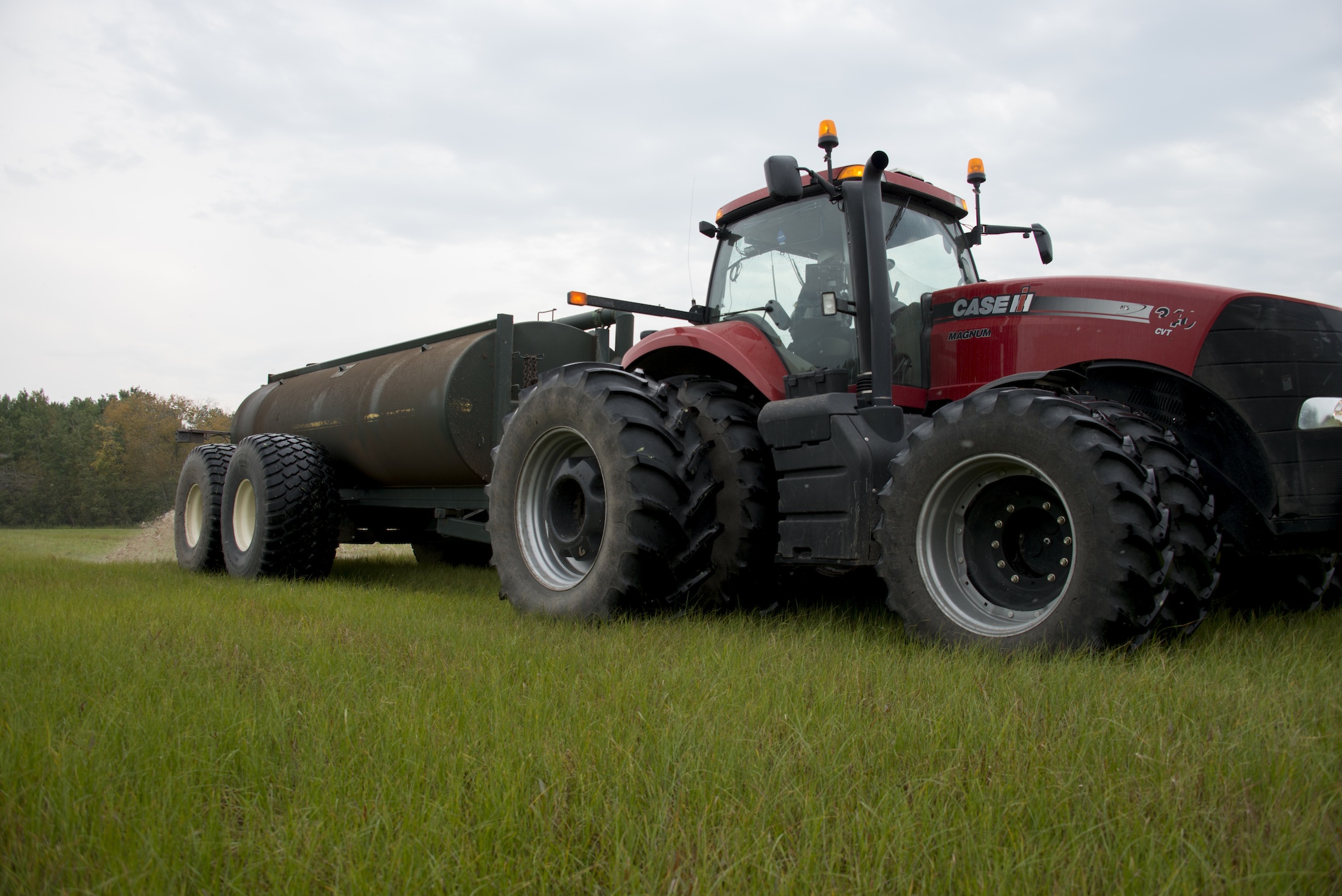Soil Compaction and Yield
Your farming practices may be limiting your yields by as much as 70%. It's called soil compaction -- an invisible epidemic that is squeezing yields and profits on millions of acres of American cropland.
The good news is, you can do something about it!

We've drawn upon decades of internal and industry research to develop a free white paper detailing specific actions you can take to combat this insidious long-term threat to your livelihood.
The consequences of soil compaction include:
- Roots can’t penetrate compacted soil to reach nutrients and water.
- Shallow root systems are more susceptible to drought stress.
- Unused nutrients, out of reach of stunted roots, leach, runoff, or volatilize into the atmosphere, leading to a significant waste of fertilizer dollars.
- Compacted soil lacks the tiny spaces needed to diffuse and store oxygen and water, which are vital to crops as well as to the microbial community that cycles nutrients in the soil.
- Water infiltration can be severely limited in compacted soil. The result is runoff after rainfall—which can create destructive erosion.
A wide range of variables influences soil compaction, from the ground pressure applied by the equipment and the moisture content of the ground during fieldwork, to the structure of the soil itself.
Our white paper provides tips on how, when, and where to operate your equipment to minimize soil compaction. You will also learn what types of tires to use and how to inflate them to the correct air pressure.


